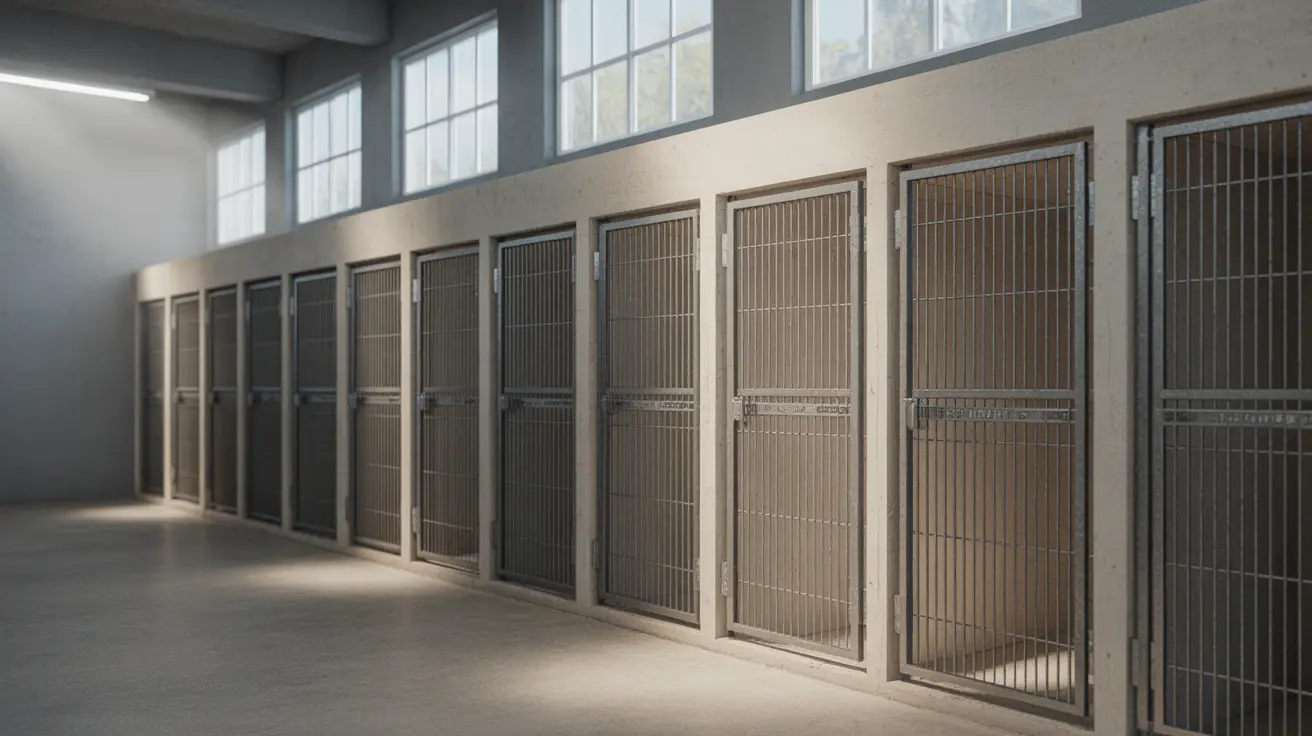Understanding a Swollen Bulbus Glandis in Dogs
The bulbus glandis is a normal anatomical structure in male dogs, part of the penis that swells during sexual arousal to facilitate mating. While temporary swelling is a standard part of canine reproductive behavior, persistent or abnormal swelling may indicate underlying health concerns.
What Is the Bulbus Glandis?
The bulbus glandis is composed of erectile tissue that becomes engorged with blood, resulting in visible enlargement. This occurs notably when a dog is excited, during mating, or even in situations involving high stress or excitement. In most cases, the swelling is symmetrical, temporary, and painless.
When Swelling May Be Normal
- During mating or sexual arousal
- Temporary excitement or playful interaction
- Self-stimulation or during mounting behavior
In these scenarios, the swelling should subside within 15–60 minutes without discomfort or behavioral changes.
When to Worry About Bulbus Glandis Swelling
If the swelling persists, is asymmetric, or is accompanied by other symptoms, it may point toward a medical issue. Such signs could involve:
- Swelling lasting more than an hour without signs of resolution
- Pain, licking, or signs of discomfort
- Skin redness, heat, or abnormal discharge
- Changes in behavior, such as aggression or lethargy
- Swelling occurring alongside scrotal or testicular enlargement
Possible Medical Causes Behind Abnormal Swelling
While the bulbus glandis itself is usually not prone to disease, abnormal swelling might be linked to other reproductive tract issues:
1. Orchitis and Epididymitis
These are inflammations of the testis and epididymis, often bacterial (commonly Brucella canis or Escherichia coli), viral, or immune-related. Symptoms include pain, scrotal swelling, and testicular enlargement. Persistent inflammation may cause poor semen quality or infertility.
2. Testicular Tumors
Common in older intact males, especially cryptorchid dogs, the three main types are seminomas, Sertoli cell tumors, and Leydig cell tumors. Visible swelling, feminization signs, and behavioral changes are typical. Tumors often require surgical removal (castration).
3. Spermatic Granulomas and Spermatoceles
These are caused by obstruction or rupture of the sperm duct, leading to cysts or granulomatous inflammation. They may present as painless nodules or reduced fertility, and surgical intervention is often necessary due to poor spontaneous recovery.
4. Trauma or Congenital Defects
Injury to the genital region or congenital conditions like segmental aplasia can lead to swelling or misinterpretation of structures, including the bulbus glandis.
Diagnosis of Reproductive Issues
Veterinary evaluation includes:
- Physical examination and careful palpation
- Ultrasonography with color Doppler for blood flow analysis
- Needle aspiration or biopsy for cytology
- Semen analysis and bloodwork
- Evaluation for infectious agents like Brucella canis
Treatment and Management
Treatment depends on the underlying cause:
- Antibiotics for infectious orchitis or epididymitis
- Anti-inflammatories for pain or secondary reactions
- Surgical removal of tumors, cysts, or granulomas
- Castration often recommended for recurrent or severe disease
Preventive Measures
- Early neutering of dogs not intended for breeding
- Routine reproductive health checkups, especially in intact males
- Prompt veterinary evaluation if swelling is persistent or abnormal
Conclusion
While a temporarily swollen bulbus glandis is perfectly normal in male dogs during excitement or arousal, prolonged or painful swelling warrants medical attention. Various disorders, including inflammation, tumors, and cysts, may affect male reproductive structures and require timely diagnosis and treatment to preserve health and fertility.





